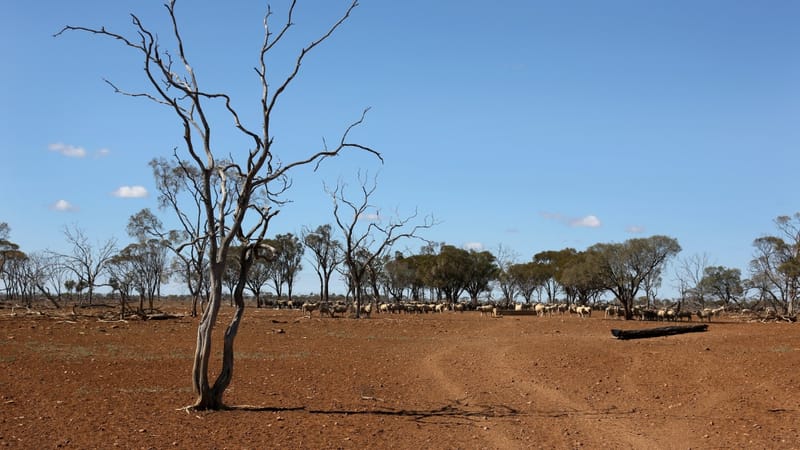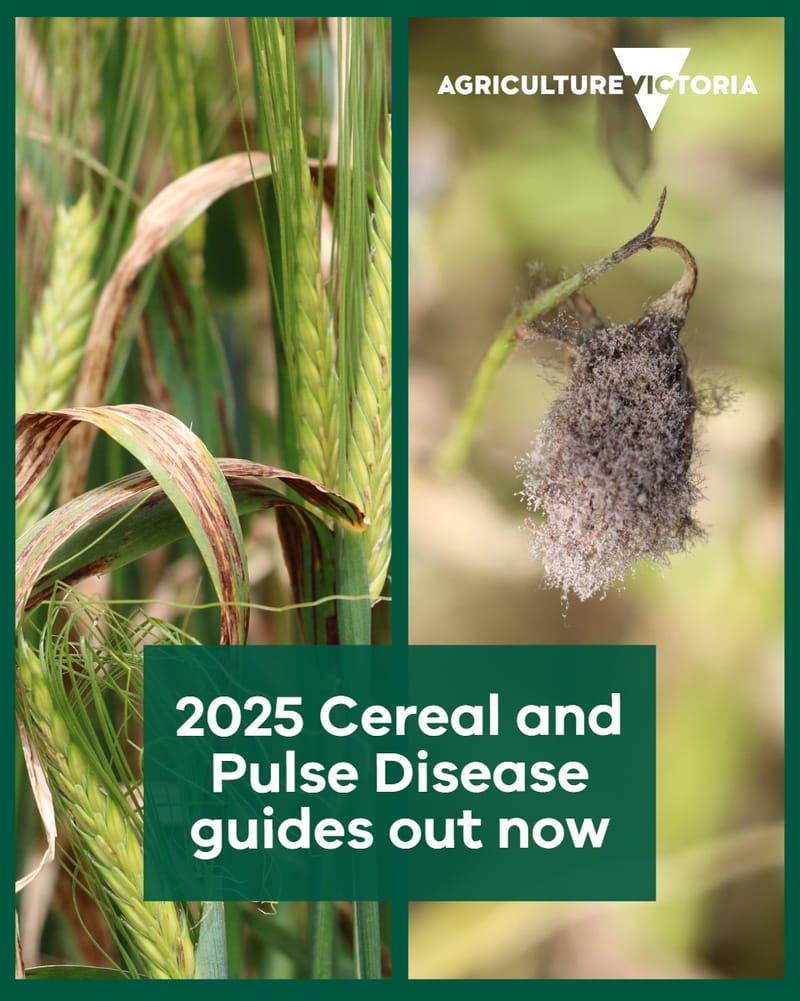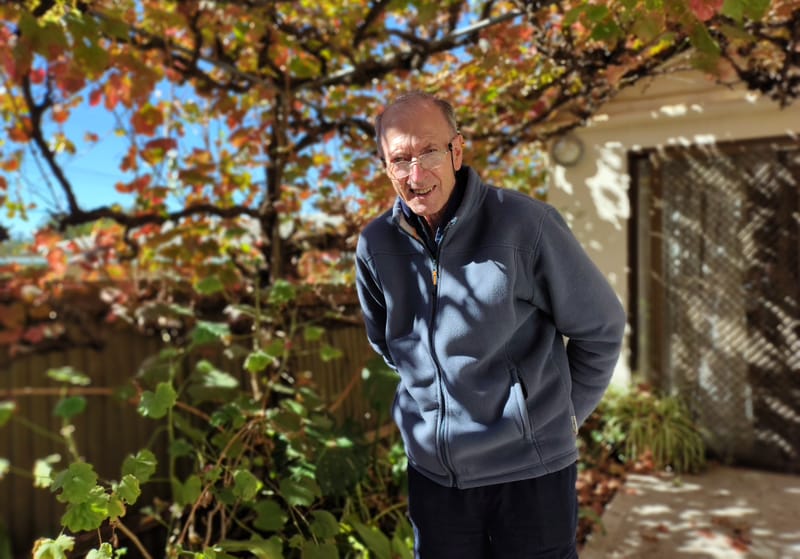Using ‘white noise’ to stimulate soil and ecosystem recovery
HUMANS have studied soundwaves for centuries and the idea that themselves move in waves goes back to the first century B.C, with the Roman engineer Vitruvius and Roman Philosopher Boethius theorising that sound moved in waves. Fifteen centuries...

HUMANS have studied soundwaves for centuries and the idea that themselves move in waves goes back to the first century B.C, with the Roman engineer Vitruvius and Roman Philosopher Boethius theorising that sound moved in waves.
Fifteen centuries later, modern study of sound, the way it travels through air and different materials is attributed to Galileo Galilei (1564-1642).
Fast forward to 2024, its use in animals and human behaviour for medicine purposes, has been well documented and it has proven to provide positive benefits in terms of health and wellbeing.
Based on human studies, experts started to question themselves if there were any potential benefits of using specific soundwaves in farming and agriculture, given that the soil we use to harvest our foods, and its plants, are an immense living ecosystem.
Flinders University scientists, led by microbial ecologist Dr Jake Robinson, demonstrated in their latest study the proven benefits of acoustic stimulation on the growth rate and sporulation within a plant growth-promoting fungus.
“In our experiments, we show that the acoustic stimulation resulted in increased fungal biomass and enhanced Trichoderma harzianum spore activity compared to controls,” sayd Dr Robinson in a new article in Biology Letters.
“These results indicate that acoustic stimulation influences plant growth-promoting fungal growth and potentially facilitates their functioning (e.g. stimulating sporulation).
“We strive to find novel ways to speed up and improve levels of beneficial fungi and other microbes in degraded soils. It could have wide-ranging benefits for restoring degraded landscapes and farming land to feed the world.”
During their research, experts found that specific sounds or ‘white noise’, set at 80 dB, created and increased a stimulated response in soil bacteria E. coli.
“These results indicate that acoustic stimulation influences plant growth-promoting fungal growth and potentially facilitates their functioning (e.g. stimulating sporulation).
It has been well documented that sound has an impact on ecosystems and their natural behaviours, according to the 2021 study ‘The Effects of Anthropogenic Sound and Artificial Light Exposure on
Microbiomes: Ecological and Public Health Implications’ made by Dr Robinson alongside researchers Ross Cameron and Brenda Parker.
“Think of the monotone sound an old-school radio makes in between channels,” Dr Robinson explained.
The selected bacteria for the current study was fungus T. harzianum, known for its beneficial purposes and positive effects on plants, disease protection or plant growth and enhanced nutrient purposes, which translated to agriculture, it has demonstrated to parasite other fungi, known to be harmful plant pathogens.
According to Dr Robinson, one of the next steps in the study is to find out real-life benefits of microbial growth on plants and their health improvements, with the objective of scaling up the experiments outside the laboratories and begin experiments on actual crops.
“While still in its early stages, the next steps will involve studying the microbiome response mechanisms, the flow-on effect on plants and how to work out how to scale it up in the field,” Dr Robinson said.
“We also need to understand whether this approach could have any potential cascading or unintended consequences,” he added.
“Our novel study highlights the potential of acoustic stimulation to alter important fungal attributes, which could, with further development, be harnessed to aid ecosystem restoration and sustainable agriculture”.
Real life applications for soundwave utilisation in crops and farms across Australia are among the objectives of the study, including benefits such as mitigating seasonal disadvantages or weather disruptions, protection against pest diseases and the possibility of reducing harvest time between crops, which could lead to an extensive farming season across all Australian states and an improved solution to find and fix soil degradation.
New soundwave technologies are also being put into trial scenarios where its advantages can aid the restoration of different types of soil used in large harvesting areas.
According to the United Nations global initiative – the Decade of Ecosystem Restoration 2021-2030, there is an absence of large-scale ecosystem restoration projects alongside a lack of effective monitoring strategies, leading to a estimated 90 per cent of the Earth’s land to be degraded by 2050.
Among the most common causes are urbanisation, deforestation, overgrazing and other harmful practices, which is now affecting human health and undermining food production and natural ecosystems, researchers say.
Co-author of the new article, Associate Professor Martin Breed from the Restoration Ecology lab at Flinders University’s College of Science and Engineering, says the potential for this kind of approach is vital in a bid to head off biodiversity loss and speed up ecosystem restoration.





